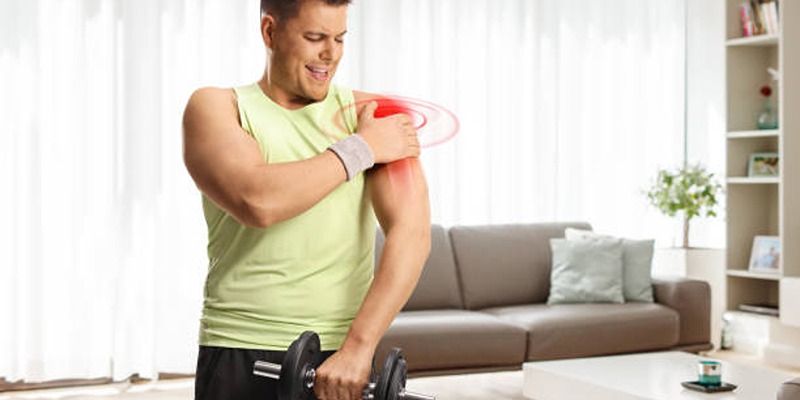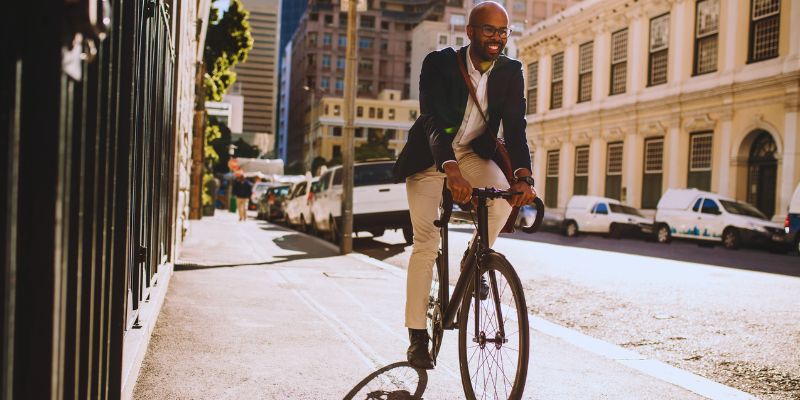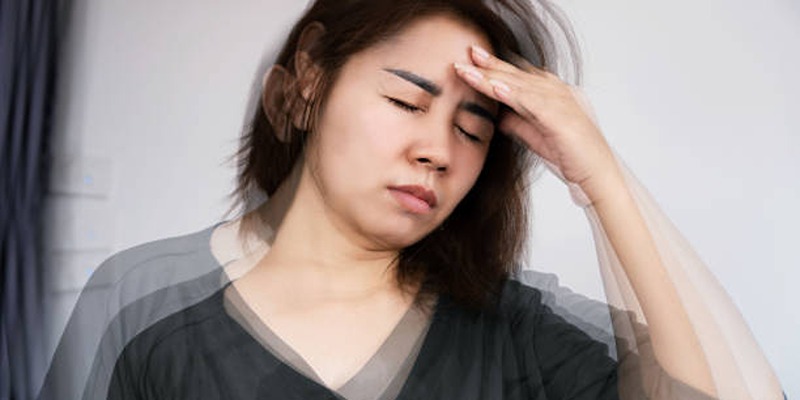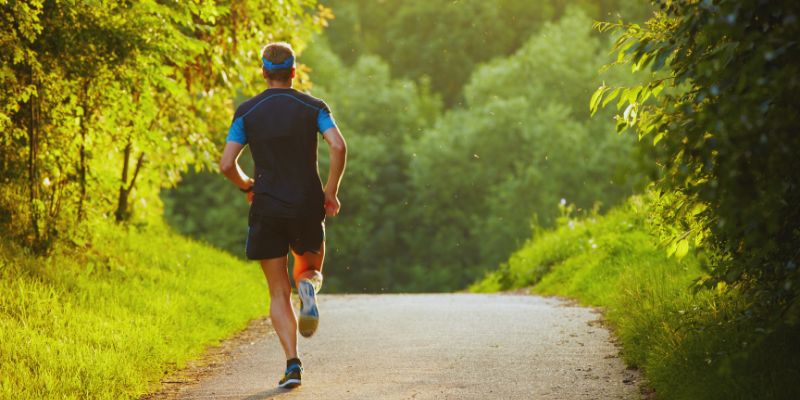Running is a terrific method for keeping in shape, losing weight, and feeling good daily. Many joggers nowadays select to run barefoot or in lighter shoes. We term this new approach minimalist running. It facilitates greater use of your body and more natural running ability. People claim it reduces pain and helps them feel better. Others also think it enhances posture and balance.
You're supposed to wear less equipment. Hence, you should focus more on your movement. Your feet work as they ought without bulky shoes. This trend is spreading around the globe. Research, blogs, and books all cite its advantages. But for everyone, is it safe? We will define minimalist running in this article. You will understand its benefits, probable risks, and safe approaches for personal experimentation.

What Is Minimalist Running?
Minimalist running entails jogging barefoot or wearing shoes with little padding or support. These flat, light shoes enable your feet to move more organically. The concept originates in the way people ran long ago without contemporary footwear. This natural movement helped them develop strong foot muscles. The bulky shoes of today shield feet but could restrict natural movement. Minimal shoes aim to change that by allowing your feet to perform more tasks.
While some have flat, thin bottoms, others resemble rubber-soled socks. All kinds enable your foot to move more naturally. Although at first, this sounds unusual, many runners welcome the shift. They notice better form and feel more in line with the ground. Running seems more natural; some even claim it helps ease discomfort. Running this way is becoming increasingly trendy. Though many find it helpful and fun, it might not appeal to everyone.
Why Joggers Are Switching to Less
Many joggers turn to minimalist jogging to help with back, hip, or knee problems. Everyday running shoes cause the heel to strike the ground first, which may shock your body. Minimalist runners instead land on the front or middle of the foot, which reduces shock and may lower the risk of injury. Without more padding, your foot muscles have to work harder and develop stronger.
Strong feet increase balance and assist with body support, which can cause greater movement and fewer injuries over time. Many others find light shoes to be more comfortable as well. They seem more natural and straightforward, but sure, runners claim it feels like flying. You also learn to notice how you run, which straightens your posture and form. These sneakers feel nice in terms of lightness and freedom. You may enjoy jogging more, but bulky gear doesn't hold you back.
The Benefits of Minimalist Running
The numerous benefits of minimalistic running help you to improve your form, strength, and general running experience.
- Improves Running Form: Your body automatically adjusts to a superior running form without bulky shoes. Landing with your foot under your hips improves your running balance and reduces stress on your hips.
- Strengthens Feet Muscles: Running minimalist forces your foot muscles to be more active. It gets better and healthier feet with time. Strong feet help your whole body and lower your risk of injury during physical activity.
- Reduces Joint Stress: Landing softly on your midfoot or forefoot reduces trauma to the lower back, hip, and knee. It helps reduce pain and prevent long-term injury for many runners.
- Boosts Balance and Stability: Stronger foot muscles provide more general balance and control. This keeps you consistent whether running or walking, particularly on uneven ground or rugged terrain.
- Feels More Fun and Free: Many athletes claim minimalist running feels natural and light. Running becomes more fun without heavy shoes, driving people to run more frequently and stay active.
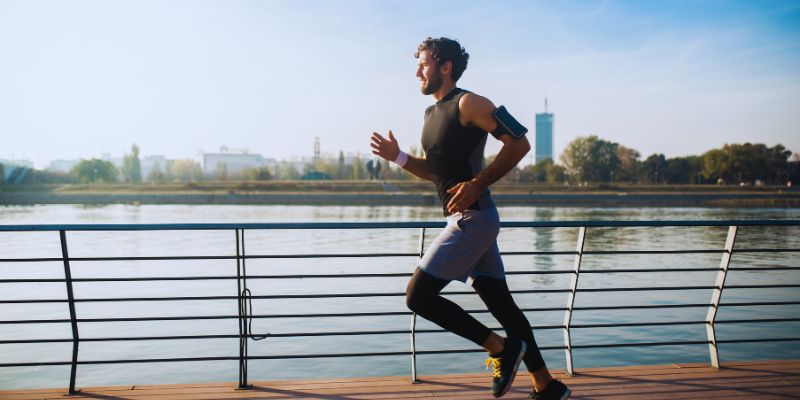
Risks and Challenges to Know
Before switching, runners should know the risks and difficulties minimalistic running presents.
- Not for Everyone: Not everyone will find minimalist running safe. Changing quickly from heavy shoes to thin ones could hurt and cause discomfort. Your body needs time to adjust to the new style.
- Body Needs Time to Adjust: Feet and muscles must grow gradually stronger. Running too much too quickly could lead to a foot injury, calf tightness, or soreness. Always increase your running time little by little.
- Foot Problems Matter: See a doctor before beginning if your feet are flat, have weak arches, or are otherwise problematic. Not every foot type will benefit from minimalistic running.
- Hard Surfaces Can Hurt: Running on hard surfaces or concrete can be challenging. Your body will adapt to less cushioning, so softer surfaces like grass or paths are ideal.
- Learn Good Form and Listen: Following running form tips can help avoid injury. Learn the correct technique. If you experience pain, stop running and let your body heal.
How to Start Minimalist Running
Try minimalist running gently and slowly if you wish. Keep your old shoes, not yet thrown away. Walking in simple shoes will help your feet adapt first. Do this over a few weeks. Then try short runs, maybe five to ten minutes long. Stay light on your feet, concentrate on correct form, and use short, quick, and gentle steps. Pay attention to your body and feel it. Your calves may become sore, and initially, that is normal. Stop if you experience pain.
Add a few minutes to your runs every week gradually. This will enable your body to get stronger and free from damage. You might also engage in basic strength workouts. Try techniques in balance, calf stretches, and toe raises. These exercises strengthen your legs and feet for running. Look for a running coach if you want assistance. They can mentor you and provide improved form instruction. Specific coaches even offer particular courses on this technique.
Conclusion:
Minimalist running offers several advantages, including improved form, stronger feet, and reduced joint stress. However, it calls for both patience and careful modification. Particularly for those with foot issues or who run on rough terrain, not everyone should change fast. Beginning gradually and emphasizing good technique helps avoid injury. Strength exercises and body awareness listening are important. See a coach or doctor if doubtful; it is a wise decision. Running this way can help jogging to be more natural and fun. With proper technique, minimalist running can improve your health and make jogging feel more natural.

